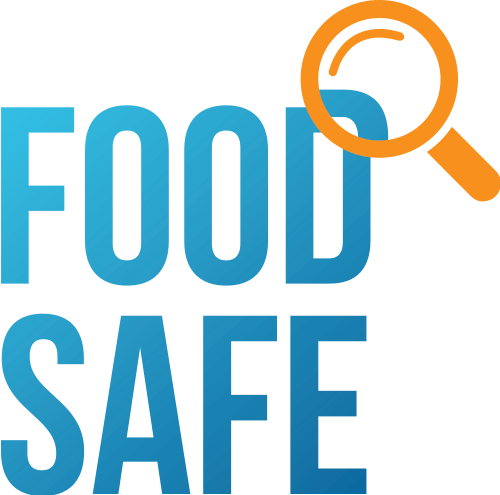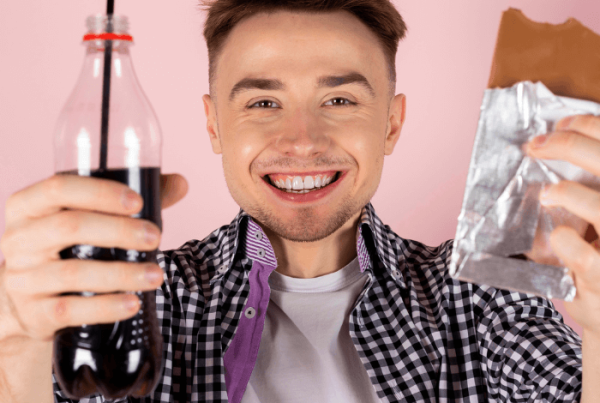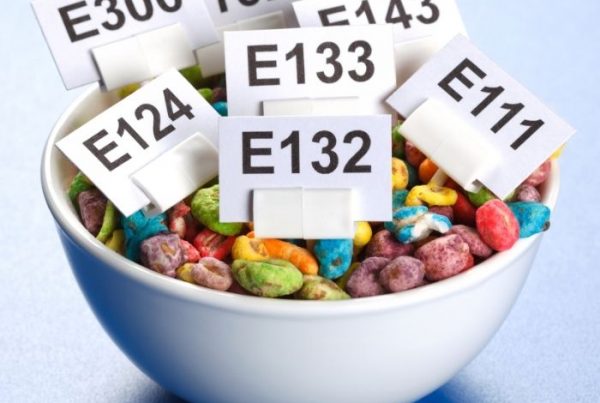Mānuka Honey NZ
Technical overview of product
| Product | UMF™ | MGO |
|---|---|---|
| ID | Unique Mānuka Factor | Methylglyoxal |
| Rare Harvest | 33 | 1,700+ |
This blog helps explain some of the technical terms that we might come across on a label, such as UMF and MGO, what these actually mean, along with some truly unique kiwi stories, and how you can use this knowledge to make a more informed choice the next time you purchase a jar of Mānuka Honey in New Zealand or anywhere on the globe.
Rare Harvest’s Unique Mānuka Honey Story
So what is Mānuka Honey?
Mānuka honey is produced by bees collecting nectar from the mānuka plant (Leptospermum scoparium) that grows throughout New Zealand.
How can you determine the authenticity of the expensive Mānuka Honey you buy?
The New Zealand Government through the Ministry for Primary Industries (MPI) finalised a scientific definition that can be used to authenticate New Zealand mānuka honey.
Tests to authenticate mānuka honey
All honey labelled as mānuka for export must be tested by an MPI-recognised laboratory to make sure it meets the new mānuka honey definition.
- The mānuka honey definition is made up of a combination of 5 attributes (4 chemicals from nectar and 1 DNA marker from mānuka pollen).
Mānuka Honey: A Science Based Definition – Source MPI
Addition requirements include:
- Improvements to how bee products are traced through the supply chain
- Ensuring New Zealand bee products comply with importing country requirements
How and why this helps global consumers?
The science definition for mānuka honey is essential to ensure:
- Consumers around the world are confident they’re getting genuine mānuka honey.
- Overseas regulators have confidence in the assurances we give them about New Zealand mānuka honey.
- Help the continued growth of our export honey industry and the premium prices New Zealand bee products command overseas.
This also allows the industry to:
- Separate mānuka honey from other honey types
- Identify honey as either monofloral or multifloral mānuka honey.
Guide to New Zealand Honey Labelling – Source MPI
This Business Insider video explains: why mānuka honey is so expensive?
Comvita explains their Mānuka Honey story from Hive to Table
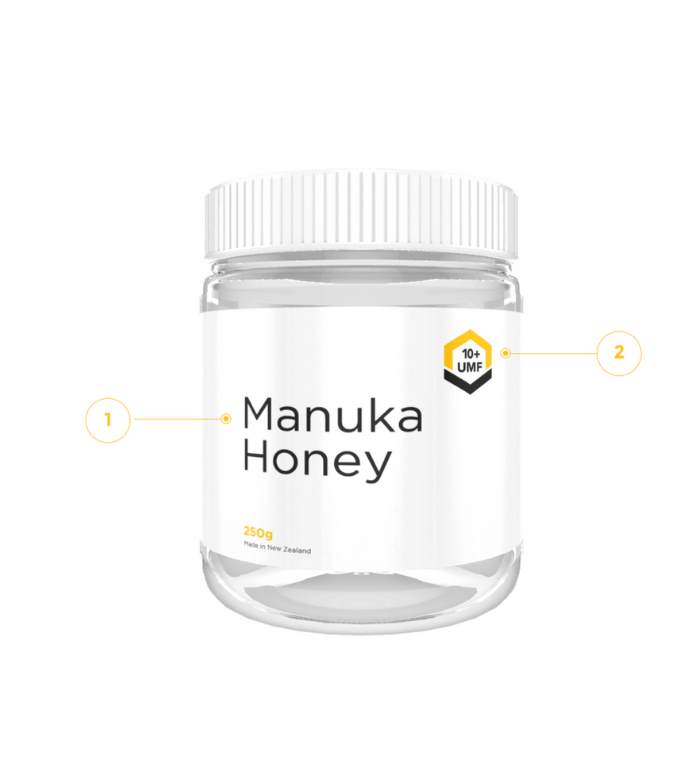
UMF Identification
1. Label
The label claim that it is genuine Mānuka Honey
2. Number
This represents the unique signature compounds characteristic of this honey which ensure purity and quality.
These include the key markers of
- Leptosperin
- Dihydroxyacetone – DHA
- Methylglyoxal
Source: umf.org.nz
Unique Mānuka Factor (UMF) Testing – Grading Mānuka Honey
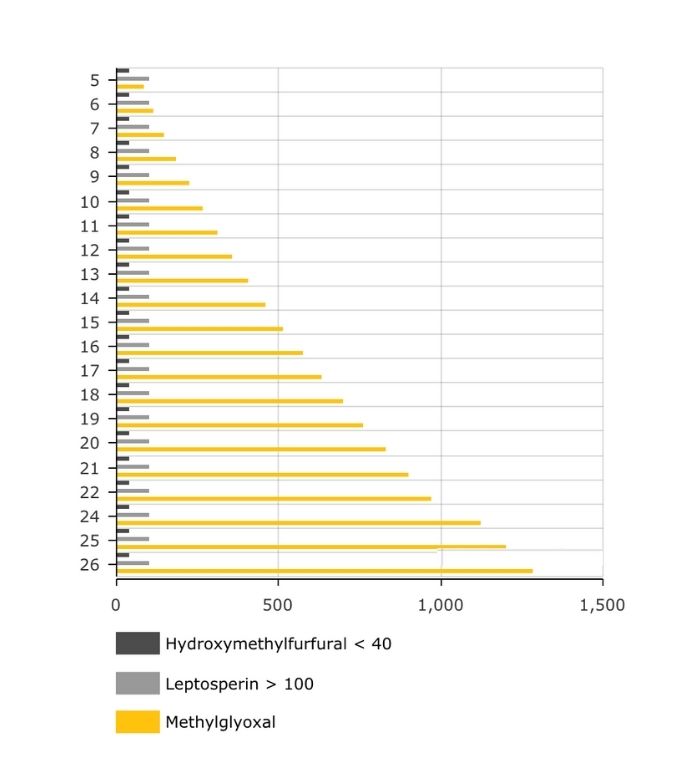
Mānuka Honey UMF Grades and Marker Values
To be considered potent enough to be therapeutic, mānuka honey needs a minimum rating of 10 UMF.
Source: Webmd
What Mānuka Honey is best – A simple table compares a UMF & MGO label on a jar of Mānuka Honey:
| Product | UMF™ | MGO |
|---|---|---|
| Unique Mānuka Factor – Indicates three components | Methylglyoxal – Indicates just this one component | |
| UMF 5 Jar |
|
83 |
| UMF 10 Jar |
|
263 |
| UMF 20 Jar |
|
829 |
| Rare Earth UMF 31 |
|
1,700+ |
Source: umf.org.nz
Intrigued and want to know more about the business side?
Investment opportunities in the New Zealand Honey industry – MBIE
Exporting New Zealand Honey – FAQs
What’s Honey Good For?
This Presentation at FDA explains one such use
Therapeutic Mānuka Honey (Some Peer-Reviewed Research)
Science and Characterising of Mānuka Honey MPI
Technical Criteria for identifying Mānuka Honey MPI
Chemical Characterisation Compounds in Mānuka Honey MPI
Mānuka Honey DNA Test MPI
Mānuka Honey Classification Methodology Peer Review MPI
Technical Information: APN General Export-Requirements for Bee Products MPI
Technical: Tutin Compliance Guide MPI
Food Safe’s Training:
- Complements compliance requirements
- Is simplified and visual, and supportive of implementing learning back on-job
- Is delivered by a trained ISO 9001 & 22000 lead auditor
- It is delivered by a trainer with first-hand knowledge and experience in high compliance operations where Food Safe also operates, such as the meat, dairy, and seafood sector. This allows us to transfer best practices.
Some of the Companies & Brands Food Safe works with
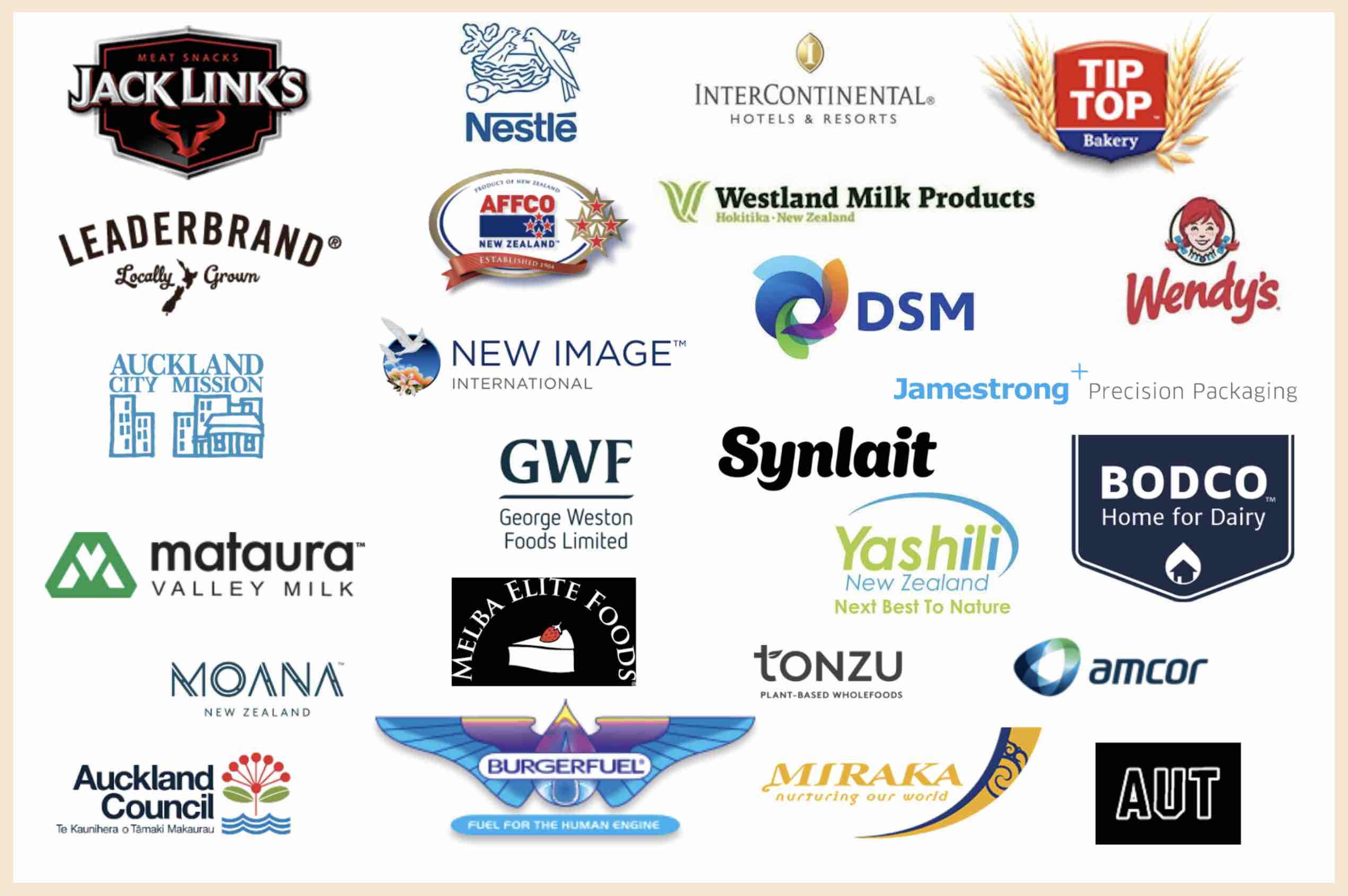
How we work with companies
For more information, call us on +64 9 2814226 or email [email protected]
Food Safe Ltd is a Category 1 NZQA-Registered PTE. Training complies with Codex Guidelines.
Our training is trusted by both well known New Zealand and Global food companies and heaps of small teams too!
Our training is science-based on New Zealand regulatory and globally recognised best practice including – MPI, FAO, FDA, EU
Food Safe’s advisory committee includes leading experts, quality and compliance managers, and governance experts. For even more information about Food Safe and the companies we work with, click here
For more information, call us on +64 9 2814226 or email [email protected]
